Mechanical Keyboard Software and Firmware Guide for Customization
Mechanical keyboards are more than just input devices; they are platforms for self-expression and optimized workflows. One of the most powerful ways to unlock a mechanical keyboard's full potential is through software and firmware customization. This guide will walk you through the essentials, showcasing how you can tailor your keyboard to your exact needs. We'll also highlight some fantastic keyboards that thrive with these customization options.
Understanding Keyboard Firmware and Software
Firmware is the low-level software embedded directly into the keyboard's microcontroller. It dictates how the keyboard interprets key presses and communicates with your computer. Software, on the other hand, provides a user interface to modify the firmware's behavior, often without needing to write code directly.
Key Players: QMK and VIA
QMK (Quantum Mechanical Keyboard) is an open-source firmware that offers unparalleled customization. It allows you to remap keys, create macros, adjust lighting, and even add advanced features like tap-dance (performing different actions based on how many times a key is tapped). QMK requires some technical knowledge to configure, often involving compiling firmware files.
VIA is a user-friendly software interface that works in conjunction with QMK. VIA allows you to make real-time changes to your QMK-compatible keyboard without flashing new firmware. This makes experimenting with different layouts and functions incredibly easy.
Why Customize Your Mechanical Keyboard?
Customization offers several benefits:
- Improved Ergonomics: Remap keys to reduce strain and optimize hand placement.
- Enhanced Productivity: Create macros for frequently used commands or text snippets.
- Personalized Experience: Adjust lighting effects, key mappings, and other settings to match your preferences.
- Gaming Advantage: Create custom profiles for different games, mapping complex actions to single key presses.
Keyboards That Shine with Customization
Several mechanical keyboards are designed with customization in mind. Here are a few notable examples:
Keychron K2 HE: Hall-Effect and High Performance
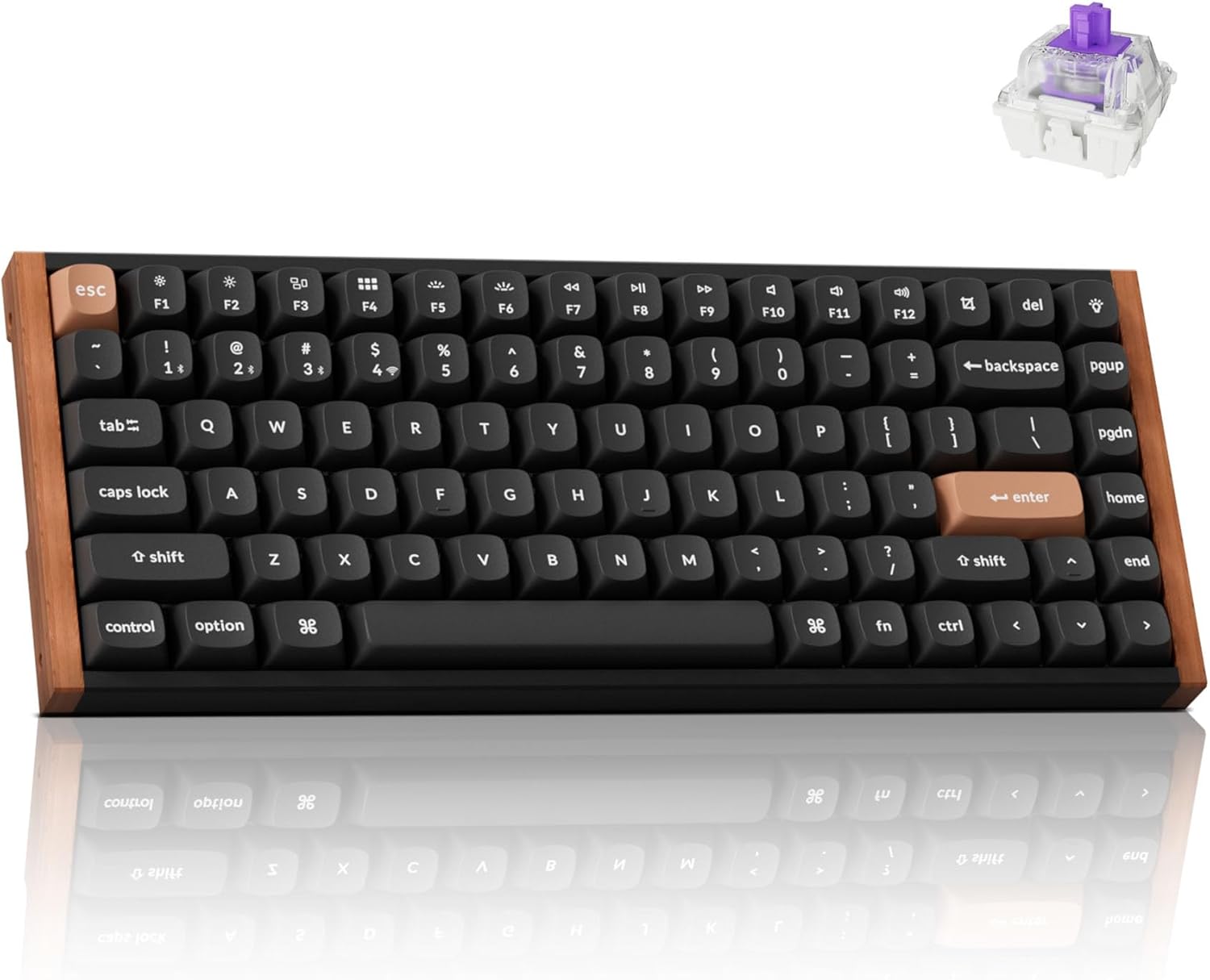
The Keychron K2 HE stands out with its Hall-Effect Gateron double-rail magnetic switches. These switches allow for adjustable actuation points as low as 0.1mm, offering unmatched responsiveness. The K2 HE is fully programmable with QMK/VIA, letting you fine-tune every aspect of its behavior. The combination of hardware and software makes it a top choice for gamers and power users.
Pros:
- Highly customizable actuation points
- QMK/VIA support
- Wireless and wired connectivity
Cons:
- Hall-Effect switches might feel different than traditional mechanical switches
- Premium price point
Akko 5075B Plus Air: Mac-Themed and Versatile
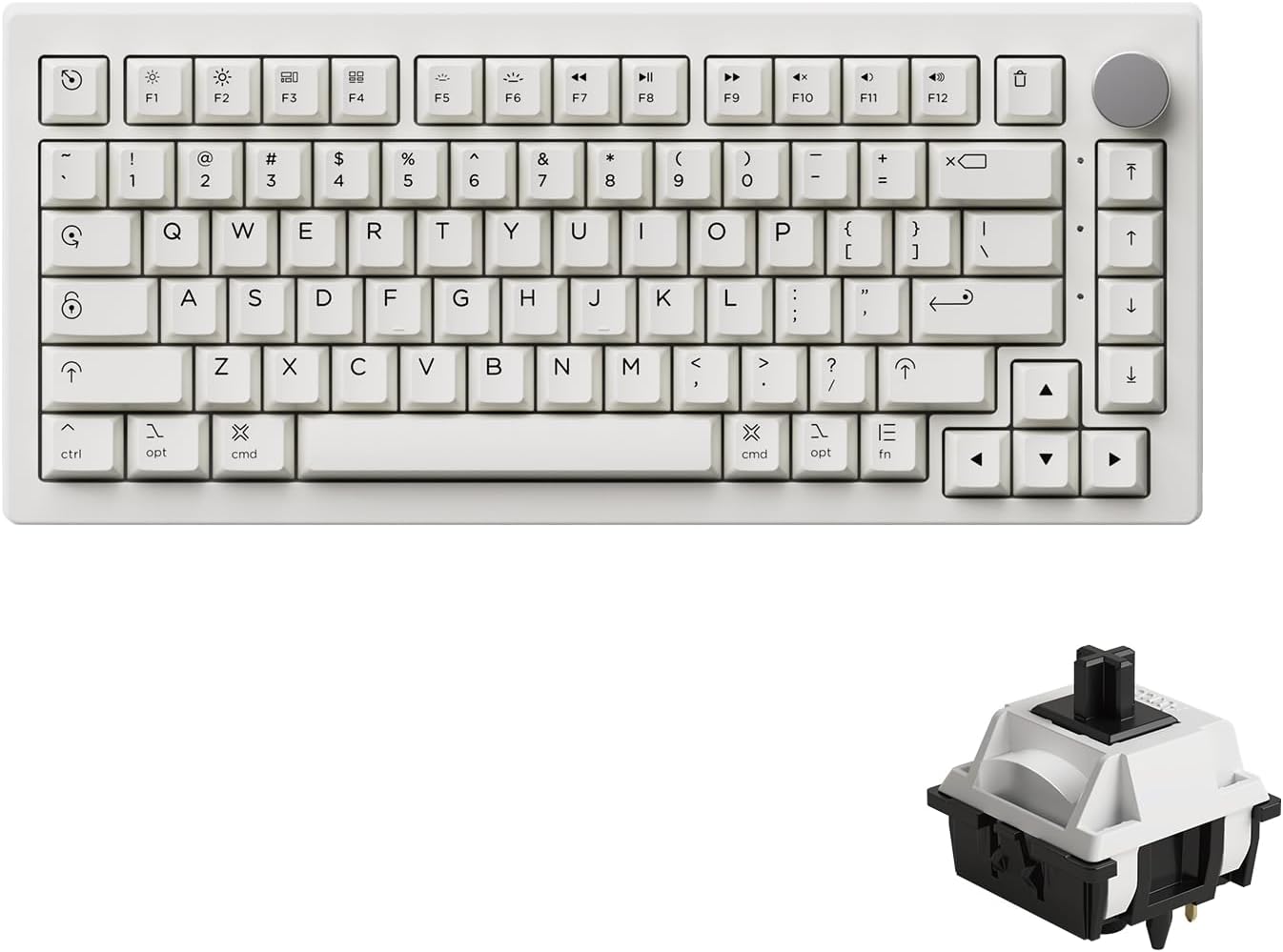
The Akko 5075B Plus Air offers a blend of style and functionality. With its Mac-themed keycaps and 75% layout, it's visually appealing and space-saving. It features tri-mode connectivity (Bluetooth, 2.4GHz, and USB-C) and hot-swappable sockets, allowing you to easily change switches. The Akko Cloud Driver software provides a user-friendly interface for customizing RGB lighting and key mappings.
Pros:
- Attractive design
- Tri-mode connectivity
- User-friendly software
Cons:
- Software features might be less extensive than QMK/VIA
- Stock keycaps might not be to everyone's taste
Other Notable Keyboards
While the Keychron K2 HE and Akko 5075B Plus Air are excellent choices, here are a few other keyboards worth considering:
EPOMAKER EA75
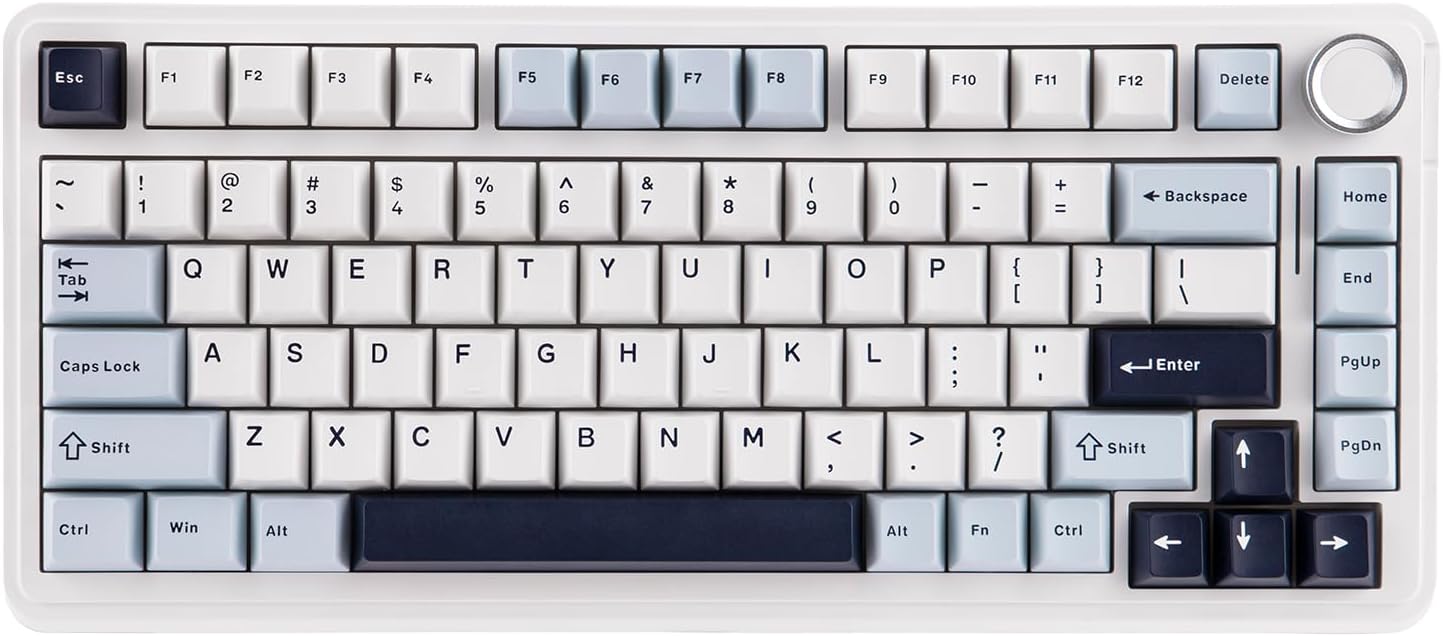
The EPOMAKER EA75 is a versatile 75% keyboard with tri-mode connectivity and a rotary knob. Its gasket-mounted design and factory-lubed switches provide a smooth and quiet typing experience. The EA75 is hot-swappable and features vibrant RGB lighting, making it a great choice for both productivity and casual gaming.
AULA F99
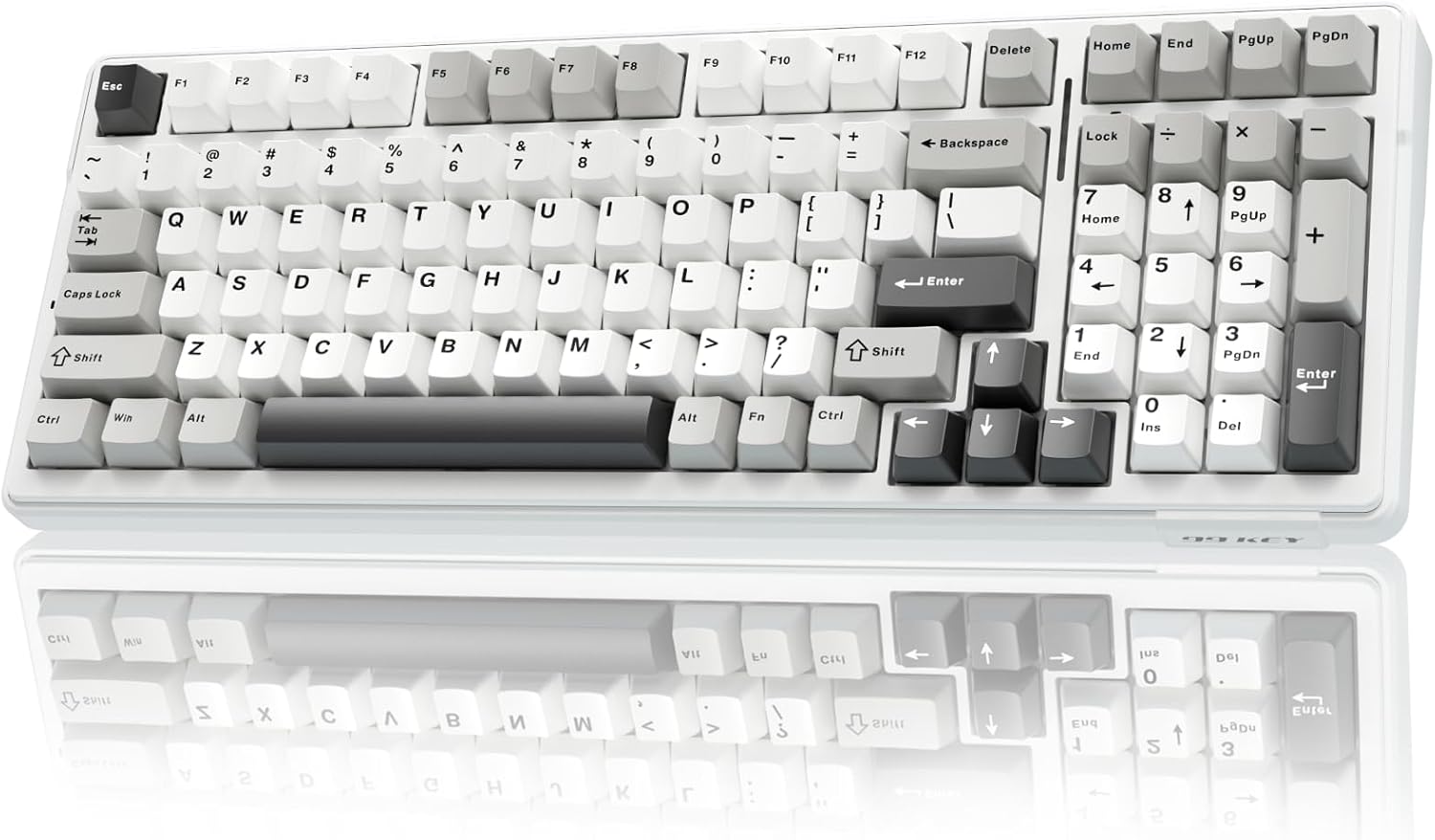
The AULA F99 is a compact 96% keyboard with tri-mode connectivity and a large 8000mAh battery. Its gasket-mounted structure and five-layer sound dampening offer a soft and responsive typing experience. The AULA F99 also features hot-swappable switch sockets and customizable macros, making it a versatile choice for both typists and gamers.
WOBKEY Rainy 75
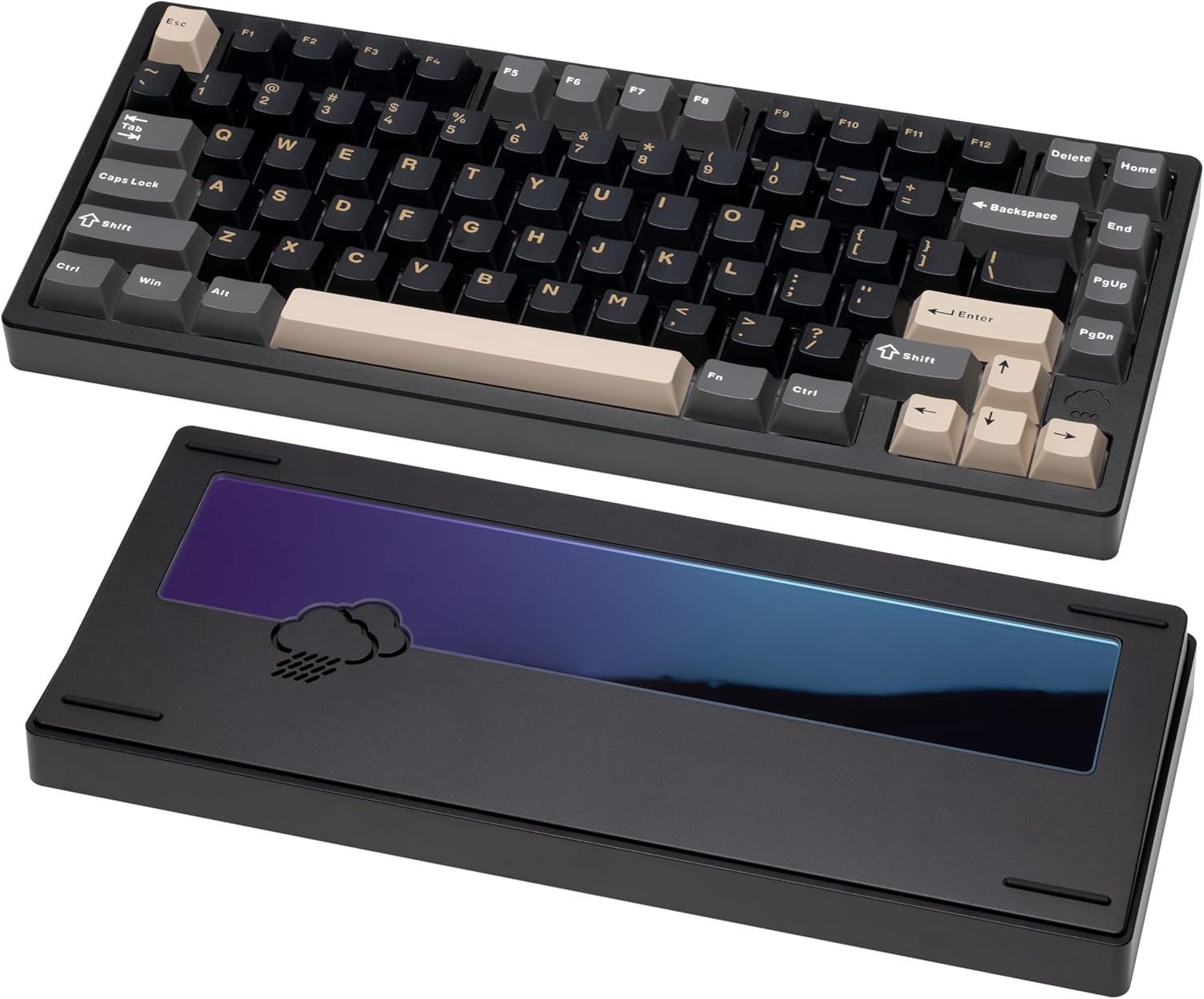
The WOBKEY Rainy75 is a premium mechanical keyboard with a solid aluminum case and five-layer acoustic dampening. Its gasket-mounted design provides soft, quiet keystrokes, and its tri-mode connectivity makes it adaptable for any setup. The Rainy75 also features hot-swappable switches and south-facing RGB lighting, delivering a refined and customizable experience.
Tips for Customizing Your Keyboard
- Start Simple: Begin by remapping a few keys that you frequently use.
- Explore Macros: Create macros for repetitive tasks to save time and effort.
- Experiment with Lighting: Adjust RGB lighting to match your setup or mood.
- Join Online Communities: Seek advice and inspiration from other keyboard enthusiasts.
Visual Aids and Demos
To further enhance your understanding, consider exploring these resources:
- Switch Charts: Visualize the characteristics of different keyboard switches.
- Layout Diagrams: Understand the various keyboard layouts and their pros and cons.
- Video Demos: Watch tutorials on how to use QMK and VIA.
Conclusion
Customizing your mechanical keyboard can significantly enhance your typing experience and boost your productivity. Whether you choose a keyboard with QMK/VIA support like the Keychron K2 HE or a user-friendly option like the Akko 5075B Plus Air, the possibilities are endless. Explore the products mentioned in this guide and start your journey towards a personalized mechanical keyboard experience!
Ready to take your mechanical keyboard to the next level? Explore the links above and discover the perfect keyboard for your needs. Don't forget to share your customization tips and experiences in the comments below!
Mechanical Keyboard Starter Guide
Ever wanted to learn about or build your own mechanical keyboard? This guide will show you everything you need to know.
Learn More